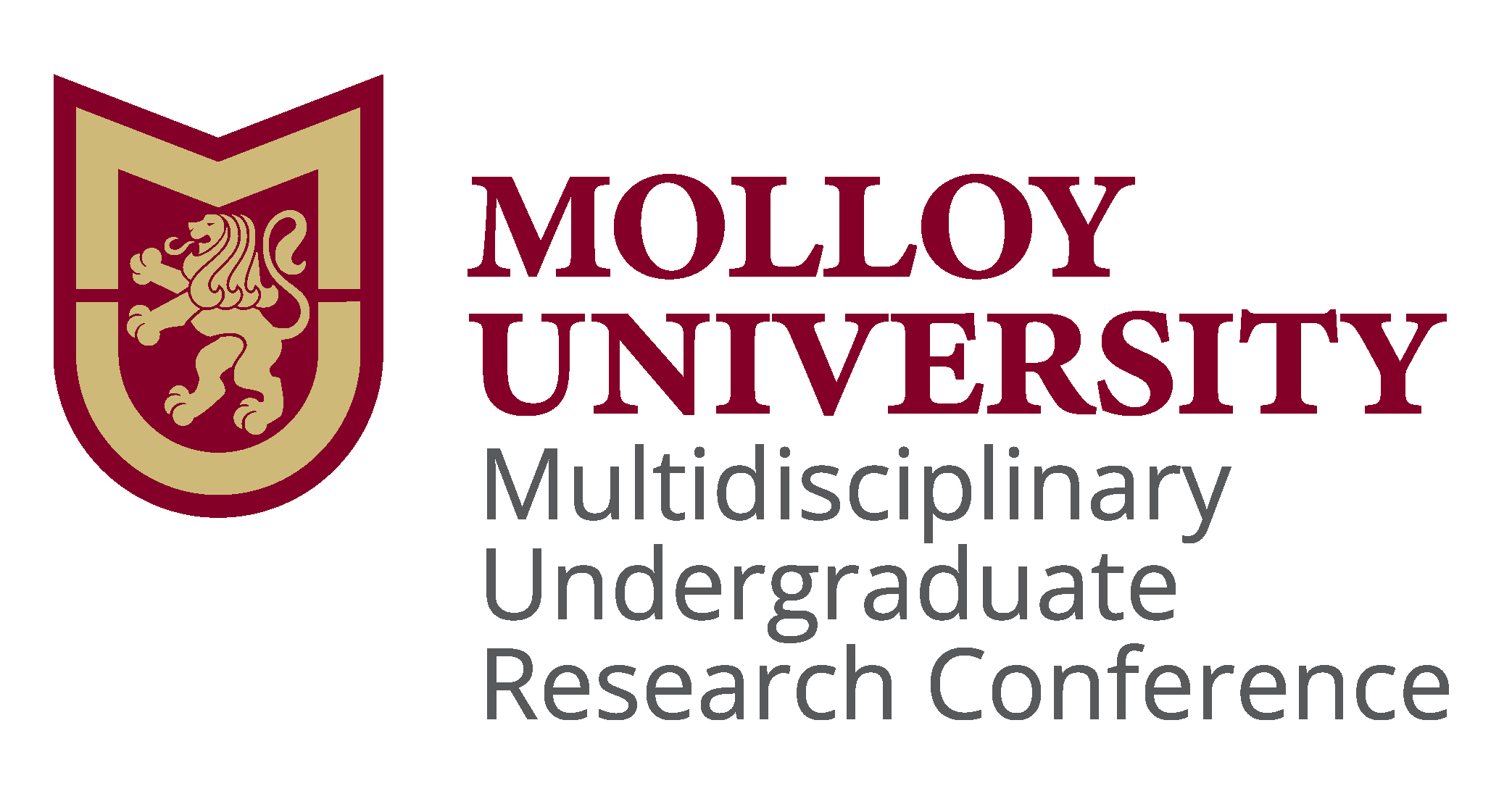Optimizing an Imaging Protocol to Quantify Mitochondrial Transfer
Presenter Major
Biology
Presentation Type
Poster
Location
Hays Theatre, Wilbur Arts Building
Start Date
26-4-2024 10:45 AM
End Date
26-4-2024 11:30 AM
Description (Abstract)
Mesenchymal stem cells (MSC) play a critical role as connective tissue precursor cells and also have potent immunomodulatory properties. For instance, MSC can increase macrophage phagocytosis when in direct contact. The mechanisms through which they modulate this activity are under investigation and include mitochondrial transfer. The long-term goal of the project is to develop a protocol to image the mitochondrial transfer between the MSC and macrophage cells (MΦ) and quantify the downstream changes of MΦ phagocytic activity. Intercellular transfer of mitochondria was observed by utilizing long-term static, dynamic, and fluorescence imaging. The MSC mitochondria were stained with fluorescent indicator, mitotracker red, and co-cultured with unlabeled macrophage cells. An initial baseline fluorescence image was taken to distinguish between the MSC and the MΦ. This was followed by time-lapse imaging under phase contrast to reduce photobleaching. Images were collected every 30 seconds over 1-2 hours. A final static fluorescent image was taken to analyze mitochondrial transfer. To mark changes in phagocytic activity, the imaging protocol was optimized by decreasing the magnification to observe a wider field and a greater number of cells. pH-rodo conjugated zymosan particles were added to the cultures after the second static image. Another time-lapse video capture was conducted to measure the MΦ phagocytic activity levels followed by a final static fluorescent image. Data analysis will be performed using MATLAB to quantify mitochondrial transfer and the resulting changes in phagocytic activity. This protocol, designed to retrieve quantitative and qualitative data, will further our understanding of mesenchymal stem cell regulation of innate immunity. The molecular pathways that contribute to the mitochondrial transfer from mesenchymal stem cells to macrophages are yet to be clearly defined. This information can be used to develop off-the-shelf immunomodulatory therapeutic treatment for a broad range of diseases including metabolic disorders and cancer.
Keywords
Mitochondria, Mesenchymal stem cells, Macrophages, Mitochondrial Transfer, Microscopy, Fluorescent indicator
Related Pillar(s)
Community, Service
Optimizing an Imaging Protocol to Quantify Mitochondrial Transfer
Hays Theatre, Wilbur Arts Building
Mesenchymal stem cells (MSC) play a critical role as connective tissue precursor cells and also have potent immunomodulatory properties. For instance, MSC can increase macrophage phagocytosis when in direct contact. The mechanisms through which they modulate this activity are under investigation and include mitochondrial transfer. The long-term goal of the project is to develop a protocol to image the mitochondrial transfer between the MSC and macrophage cells (MΦ) and quantify the downstream changes of MΦ phagocytic activity. Intercellular transfer of mitochondria was observed by utilizing long-term static, dynamic, and fluorescence imaging. The MSC mitochondria were stained with fluorescent indicator, mitotracker red, and co-cultured with unlabeled macrophage cells. An initial baseline fluorescence image was taken to distinguish between the MSC and the MΦ. This was followed by time-lapse imaging under phase contrast to reduce photobleaching. Images were collected every 30 seconds over 1-2 hours. A final static fluorescent image was taken to analyze mitochondrial transfer. To mark changes in phagocytic activity, the imaging protocol was optimized by decreasing the magnification to observe a wider field and a greater number of cells. pH-rodo conjugated zymosan particles were added to the cultures after the second static image. Another time-lapse video capture was conducted to measure the MΦ phagocytic activity levels followed by a final static fluorescent image. Data analysis will be performed using MATLAB to quantify mitochondrial transfer and the resulting changes in phagocytic activity. This protocol, designed to retrieve quantitative and qualitative data, will further our understanding of mesenchymal stem cell regulation of innate immunity. The molecular pathways that contribute to the mitochondrial transfer from mesenchymal stem cells to macrophages are yet to be clearly defined. This information can be used to develop off-the-shelf immunomodulatory therapeutic treatment for a broad range of diseases including metabolic disorders and cancer.



